The LMX is the run-out edition of the Audi R8. It costs an almost perfectly round £160,025. It has marginally more power than any R8 that precedes it. It also has, for good measure, some things called laser lights – a world first, by the maker’s measure.
Most notably, there will be just 99 examples worldwide, which means that unless your local park has ‘Hyde’ in the name, you’re unlikely ever to see one.
Ostensibly, there’s not a whole heap of reasons why you would. Ever since it began freewheeling towards a second generation of R8, Audi has been softly peddling low-volume, money-spinning ‘special’ variants of its icon.
But the truth is that, aside from the original introduction of the V10 engine and, latterly, the seven-speed S-tronic dual-clutch automatic transmission, the car’s core identity remains much as it was in 2006. (Even now, there’s only 37bhp between the LMX and a six-year-old R8 with the same V10 donkey.)
No, the only real reason for accepting that a thin veneer of specialness exists in the crystal-effect customised paint job is the fact that the car represents a lamentable full stop. Come springtime, the original R8, some of them as dog-eared and mucked about with as old Ford Sierras, will be ushered into the quiet pasture of Audi’s memory banks and the new, tricked-out and tuned-up replacement will be upon us.
The second generation, on paper at least, will be quicker, cleaner, lighter and cleverer. Quattro GmbH, a skunkworks of high ambition, will have seen to it, bankrolled by its parent’s profit margin and a steely determination to make the second self-penned album at least as intoxicating as the first.
Given the width and breadth of its earlier achievement, our faith in the band at this point ought to be unassailable. The R8’s roundedness is now so well enshrined that today it’s hard to imagine the kind of car that could conceivably have emerged from Audi’s original, Gallardo-lite take on a Porsche 911 beater – a mindlessly fast, overblown TT, perhaps? Instead, with its first go at a mid-engined production car, they gave us the first truly brilliant sports car born this century.
Following on from the biggest-selling Lamborghini yet ought to have been fraught with peril, but the R8 was and is the overtly better-resolved version of the mid-engined, all-wheel-drive, FSI-powered concept Audi had righteously conceived in its own image half a decade before.
All the Italian edges smoothed away by Walter de Silva on the outside were matched by Audi’s diligence on the underside, plundering Porsche’s playbook for the usability fairy dust that made the R8 a one-car answer to all the right questions.
It launched as a V8 in 2006, won the fabled Britain’s Best Driver’s Car feature in this magazine a year later and was the car Tony Stark drove in Iron Man in 2008. I drove it for the first time that year on its return visit to Britain’s Best Driver’s Car, and, still wet behind the ears, assumed that its amalgamation of directional stability, tacky grip and wrist-teasing involvement were par for the course in such machinery.
Only later did I discover that confidence and enjoyment are rarely channelled into the hands of a novice so readily. Certainly it is not an experience reproduced by the new Lamborghini Huracán, which is our first indication of what the new R8 will be like, and, unsettlingly, the main reason why the outgoing LMX may just be something to savour for as long as possible.
The new Lamborghini has more rough edges than a pentagram made of burnt toast, but its worst crime is a tendency to value ‘fast’ over anything you could call ‘feelsome’. By contrast, and for all its stuck-on shimmer (yes, that’s Sepang Blue diamond stitching on the nappa leather trim), the LMX’s relationship with the road is quantifiably old-fashioned – and as articulate as a thin-soled pair of trainers.
Like all R8s, it’s the ability to levitate on a slender band of electromagnetic damping that astonishes out of the gate. The LMX comes fitted with big, pretty 20-spoke, 19-inch wheels, but you’d think they came shod with marshmallows, given the way the car tenderises everything from cat’s eyes to sleeping policeman. If that weren’t confounding enough, the first corner you come to reveals that the only real body lean in evidence is what’s coming from your head and neck.
That the LMX covers ground like a big-boned Lotus Elise is, of course, no coincidence. It takes two days for Quattro GmbH’s technicians to hand-weld a jigsaw puzzle of aluminium members into an R8’s spaceframe. The alloy is troublesome to work with, but the resulting structure, light and fabulously strong, is the bedrock that makes all the chassis’ counter-intuitive abilities possible.
Hooked up to it is the dry-sumped 5.2-litre V10, in the LMX’s case with 562bhp – about 10bhp more than the R8 GT was allowed. The difference is meaningless; this is the same big, glossy, lip-smacking, air-breathing engine the R8 has had since Audi decided to make it supercar fast. Which it is, although with the S-tronic dual-clutch automatic ’box attached (as all LMXs have), it’s the docile, oil-bathed way in which it moves from zero to 30mph that is the really surreal bit.
In the Huracán, Lamborghini prefers the 602bhp version of the same V10 to run with a bit of Italian gristle; in the Audi, it sidles about like its belts were made from velvet. So obedient is the LMX at low speeds that you’d almost think it submissive – if it weren’t for the extraordinary way it reacts to wider throttle openings: no let-up, lag or excuse, just a torrent of harder, fizzier, faster revs.
The life-affirming excess of a big, free-spinning motor isn’t exclusive to the R8, but the car’s deployment of the results feels unique, especially given Audi’s failure to reproduce it anywhere else. That the quattro-equipped LMX feels rear driven most of the time is not the remarkable bit; that comes when the power (or a significant proportion of it) is being funnelled to the front axle while not overriding the car’s natural rear-ended bias.
Instead – and this was not nearly as apparent with the Huracán – the R8’s all-wheel dynamic is made to feel like an organic extension of the mid-engined design’s inherent balance. This is what makes the car, as sophisticated and composed as it is, such an uninhibited steer. Most of what is brilliant about it requires no special consideration at all; instead. it’s all just unmistakably there, at your fingertips, as incontrovertible as sunshine.
Which is marvellous, quite singular and, terrifyingly, all nearly gone. As a totem, the LMX is both fitting and ill-suited to its final resting place in history. Fitting, because it is emblematic of just how expensive Audi realised it could make the R8 and still shift them. And ill-suited simply because it is not, by a long stroke, the finest version of the car ever made. For that, we’d jettison most of the big-money items, including the V10, S-tronic ’box and wood-effect carbon-ceramic brakes, and invest in the initial V8-engined vision.
For a start, it’ll have the open-gate six-speed manual ’box and the hydraulic steering that the new R8 definitely won’t get. It’ll also be lighter and more delicately poised than the LMX, and well over £60k cheaper. Granted, it won’t have quite as much poke, be as nice inside or have headlights that’ll cut through daylight. But it will be as peerless an answer to the sports car niche as it’s ever been. Or, just perhaps, ever will be.
Audi R8 LMX
Price £160,023; Engine V10, 5204cc, petrol; Power 562bhp at 8000rpm; Torque 413lb ft at 6500rpm; Gearbox 7-speed dual-clutch automatic; Kerb weight 1595kg; 0-62mph 3.4sec; Top speed 198mph; Economy 21.9mpg (combined); CO2/tax band 299g/km, 35 per cent



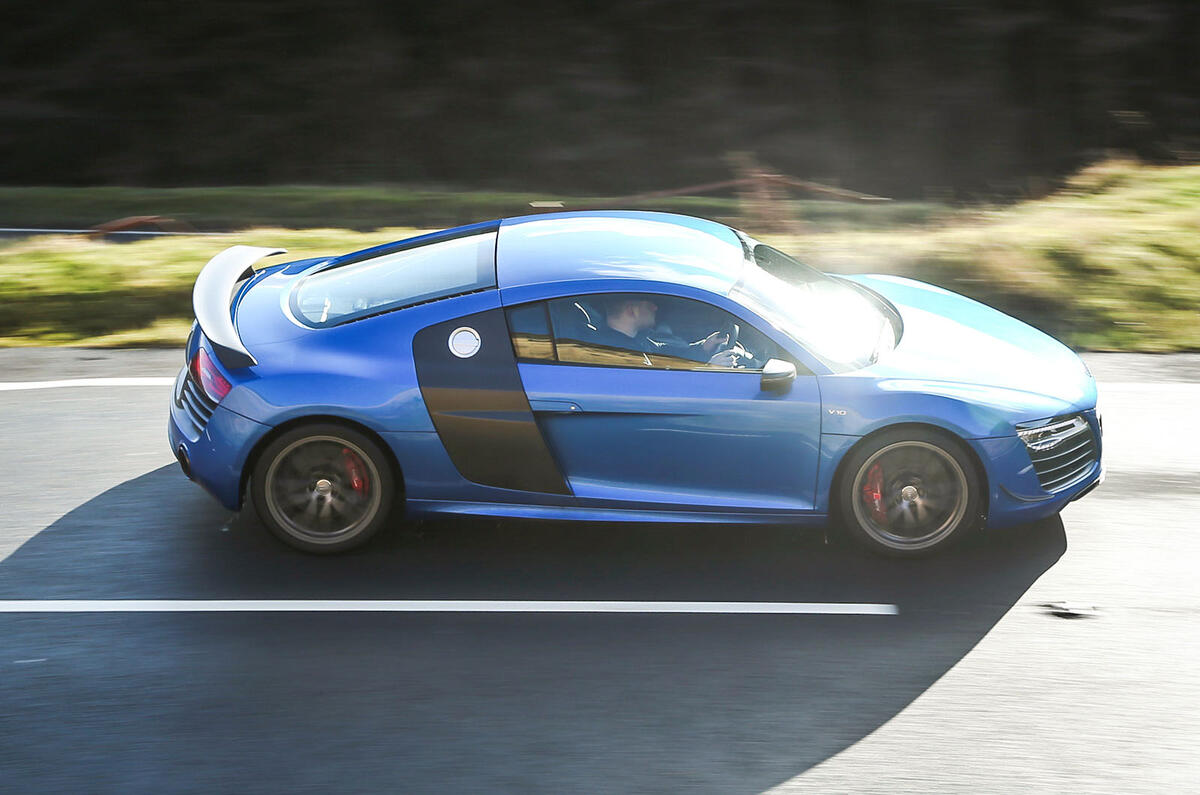
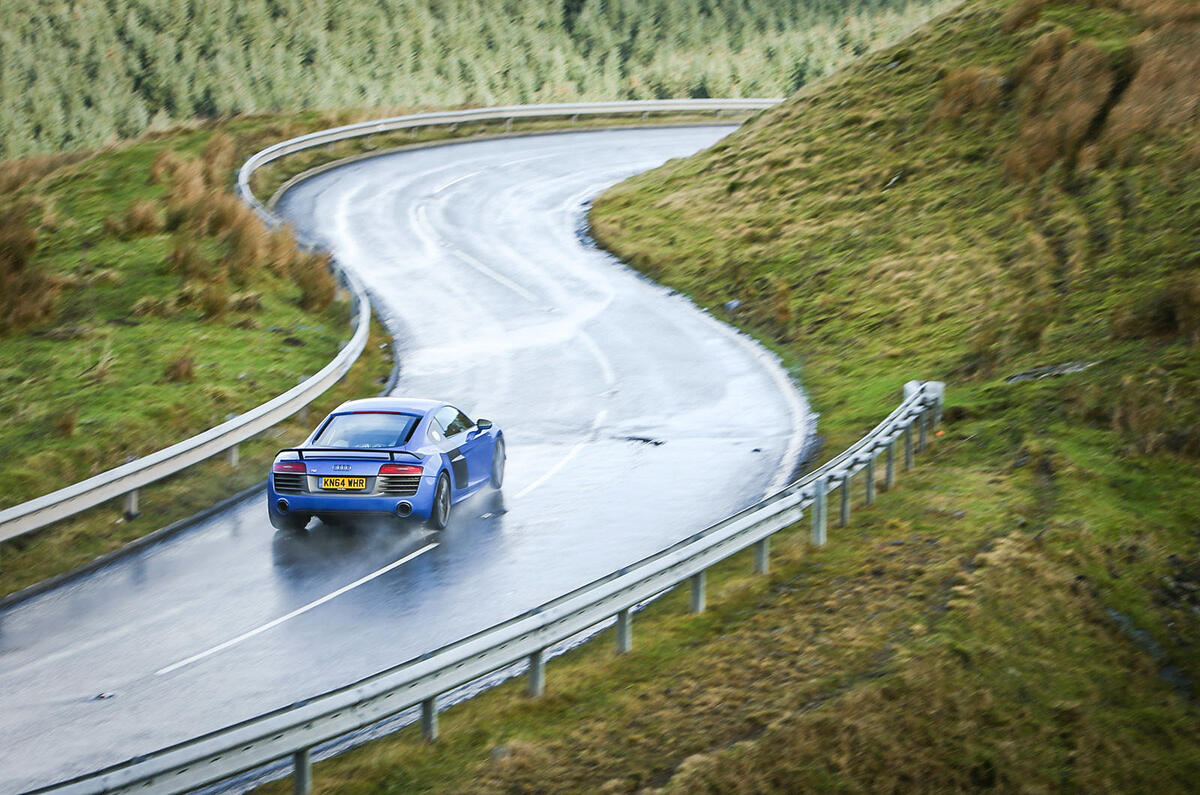
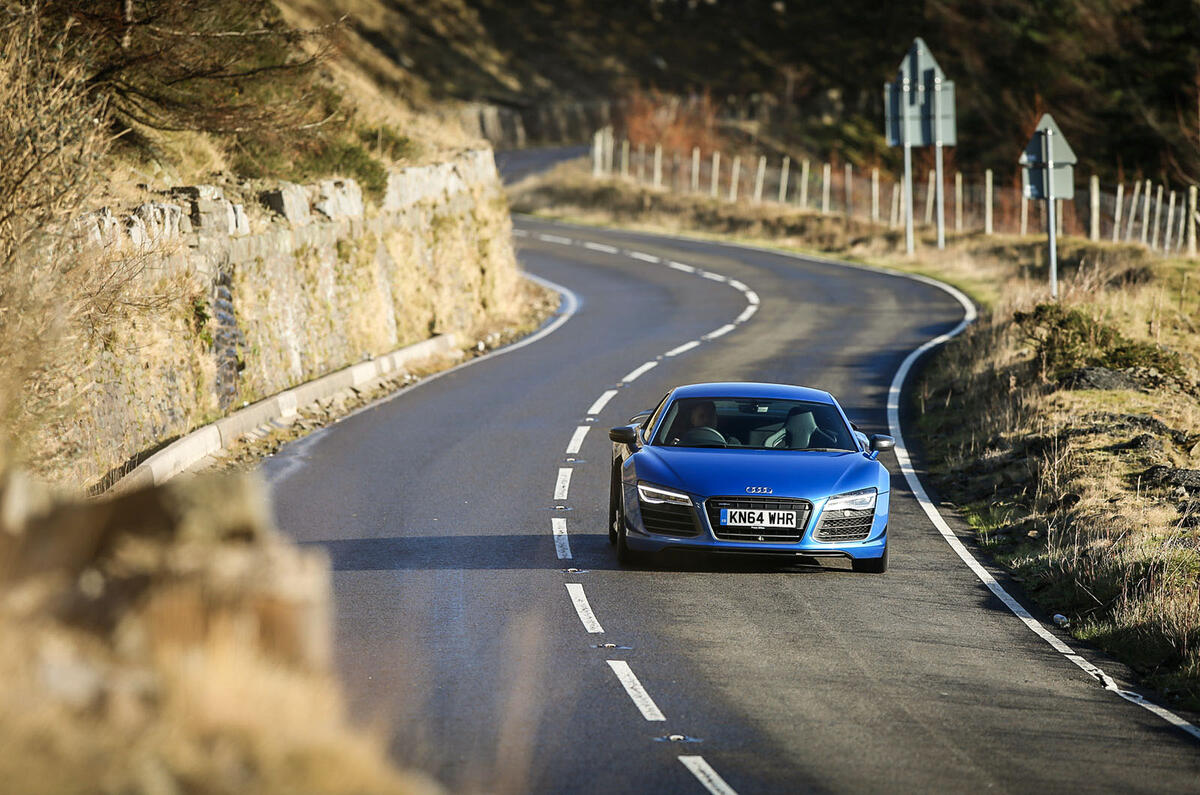
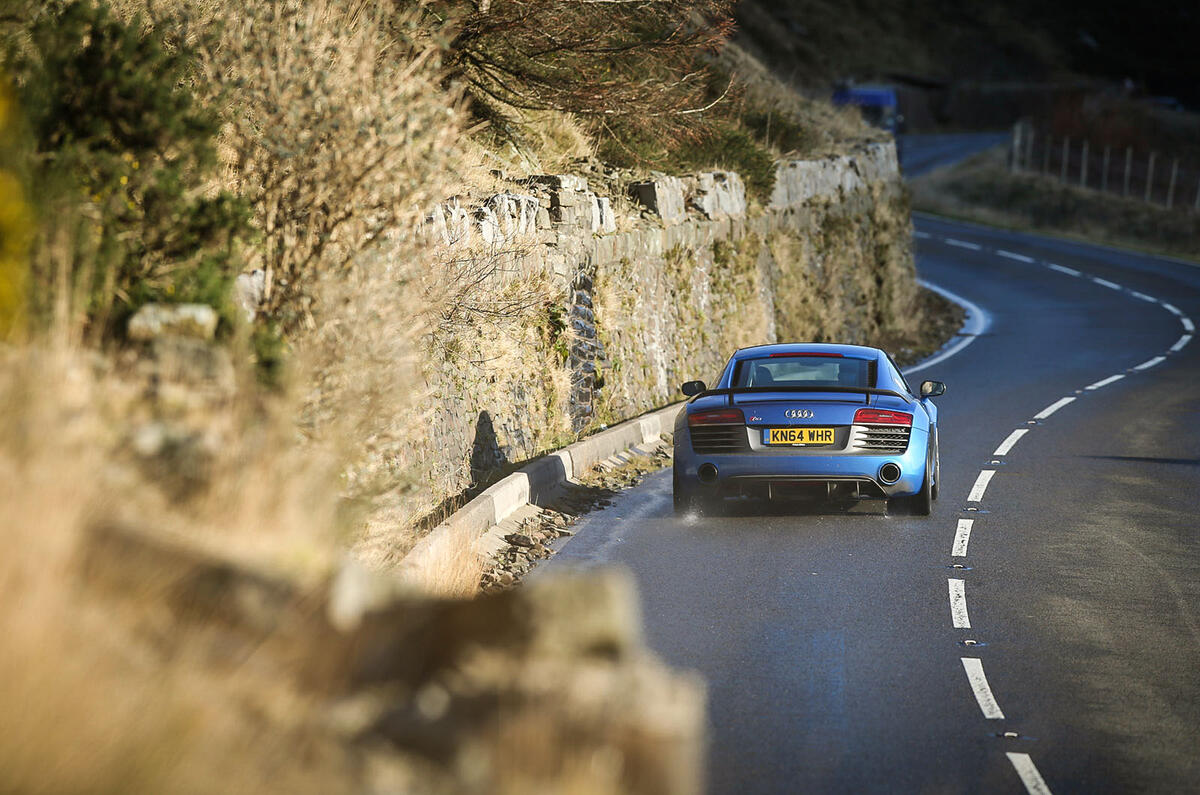
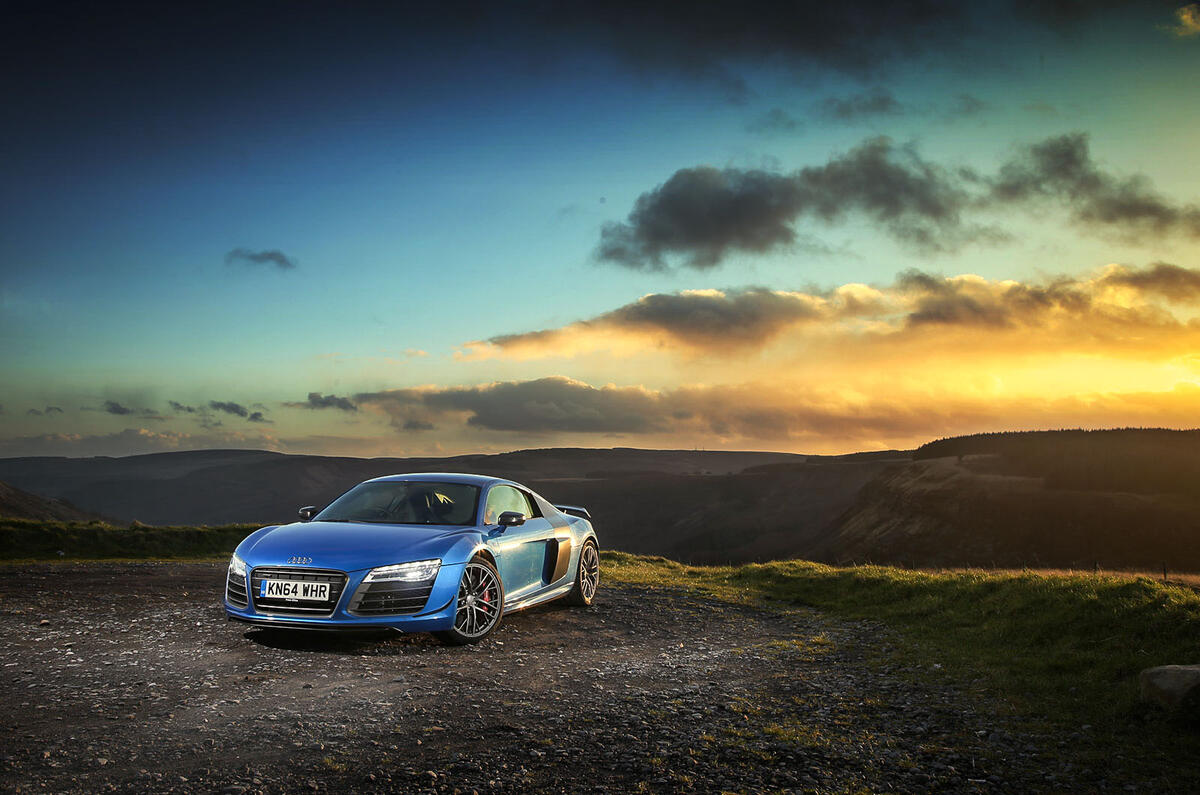
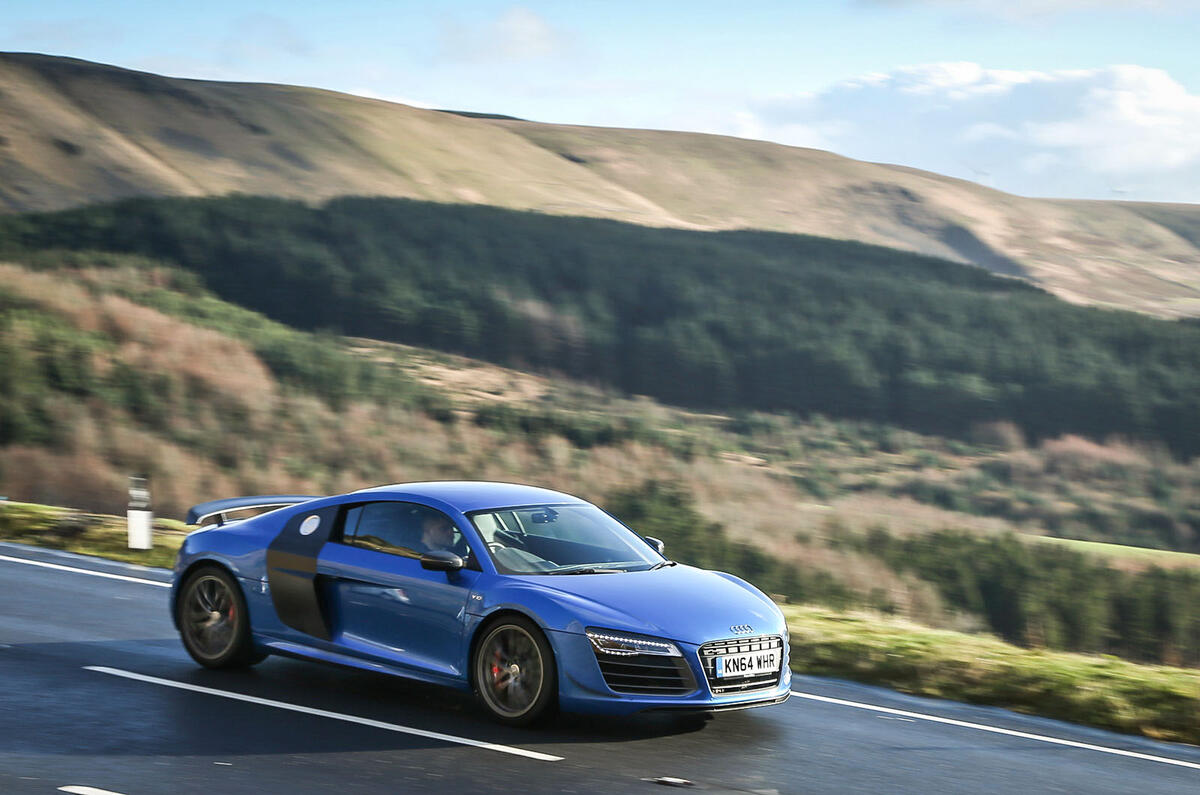


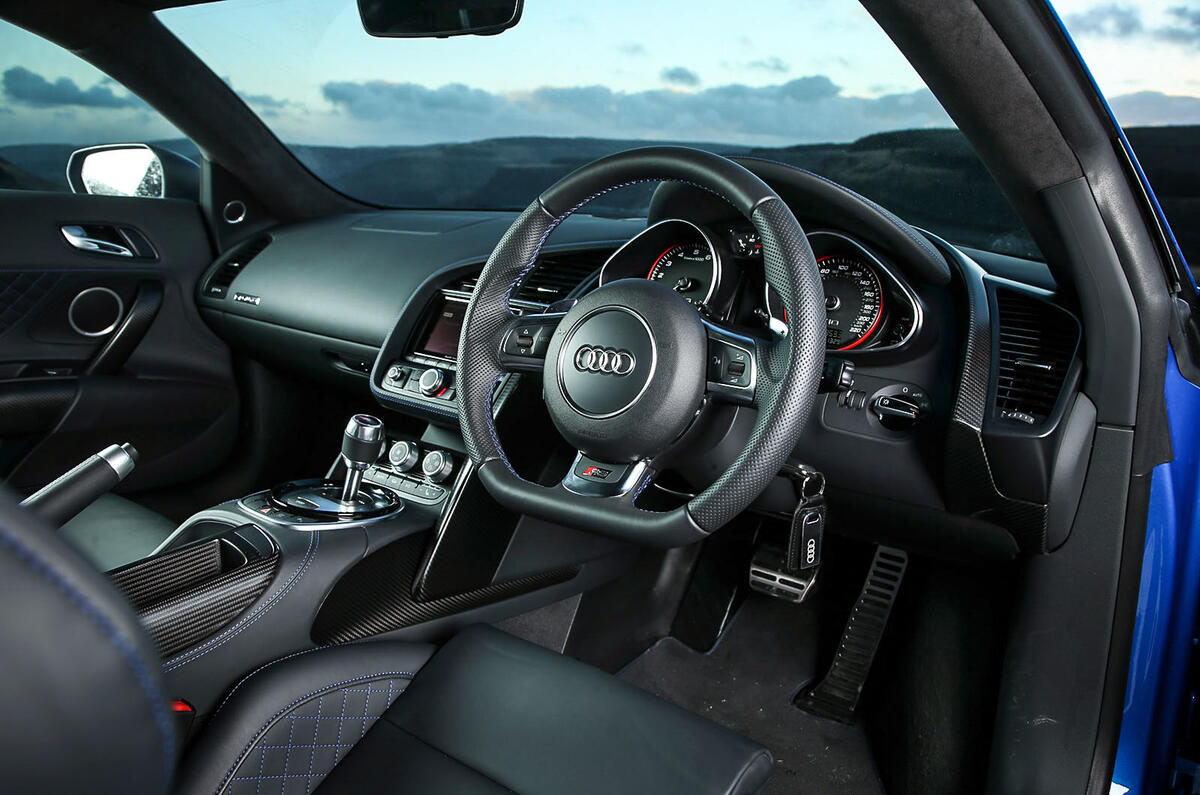

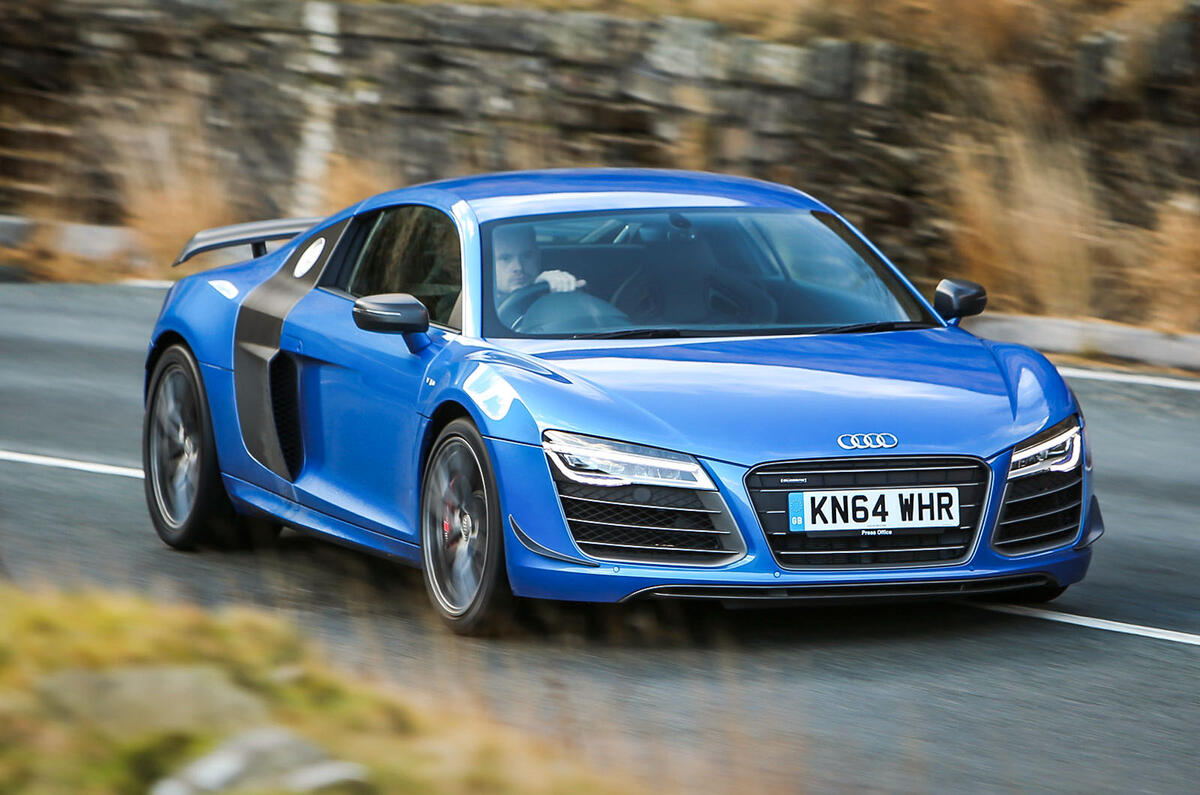
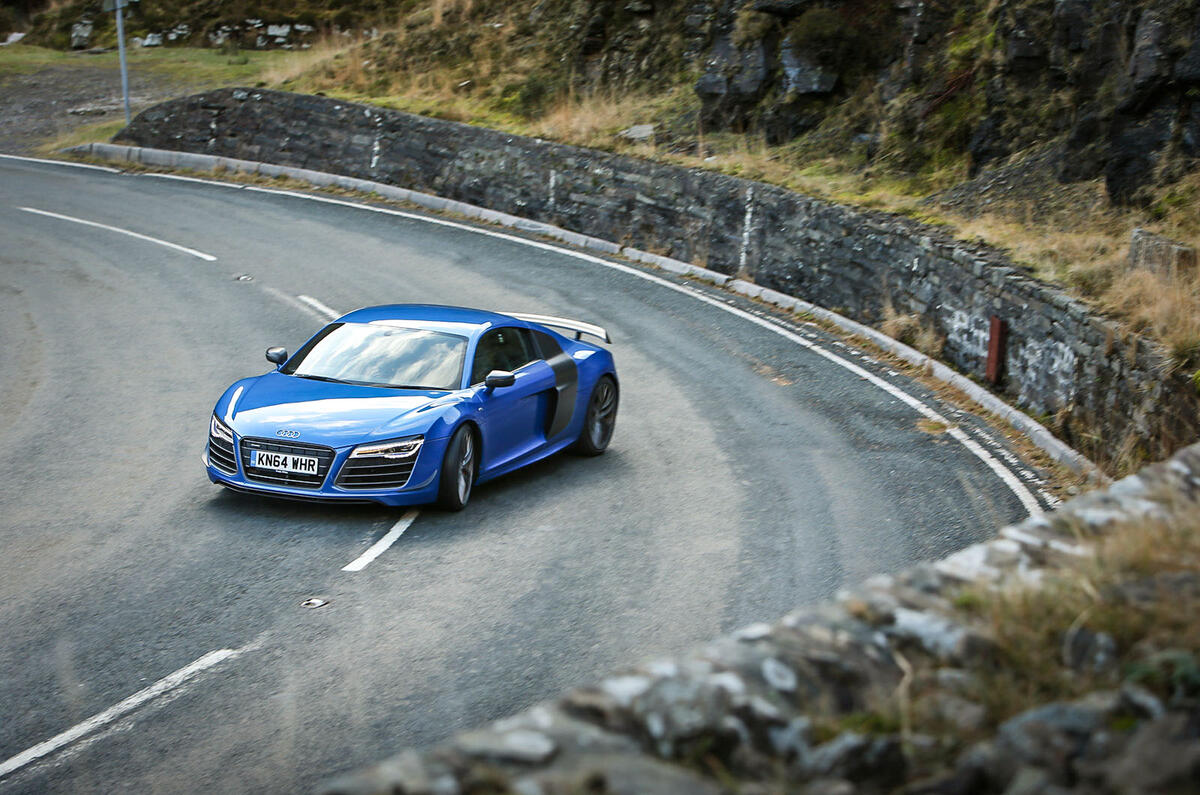
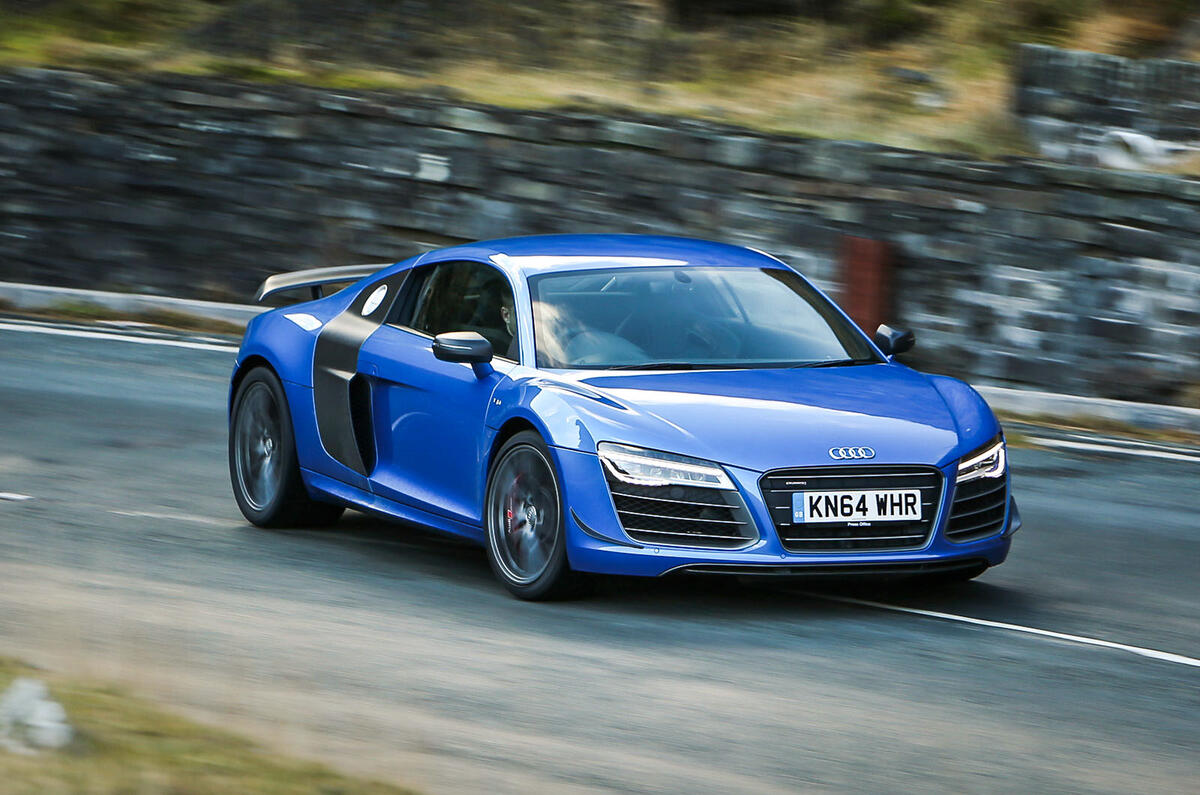
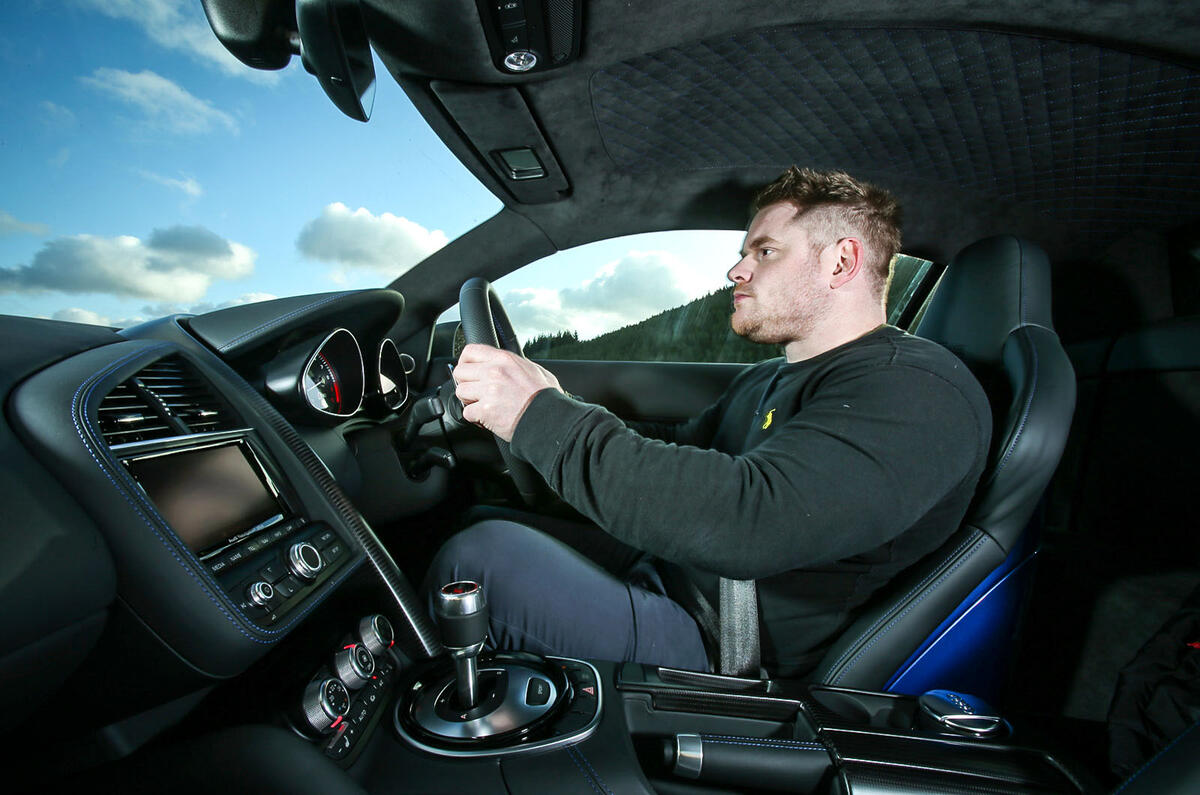
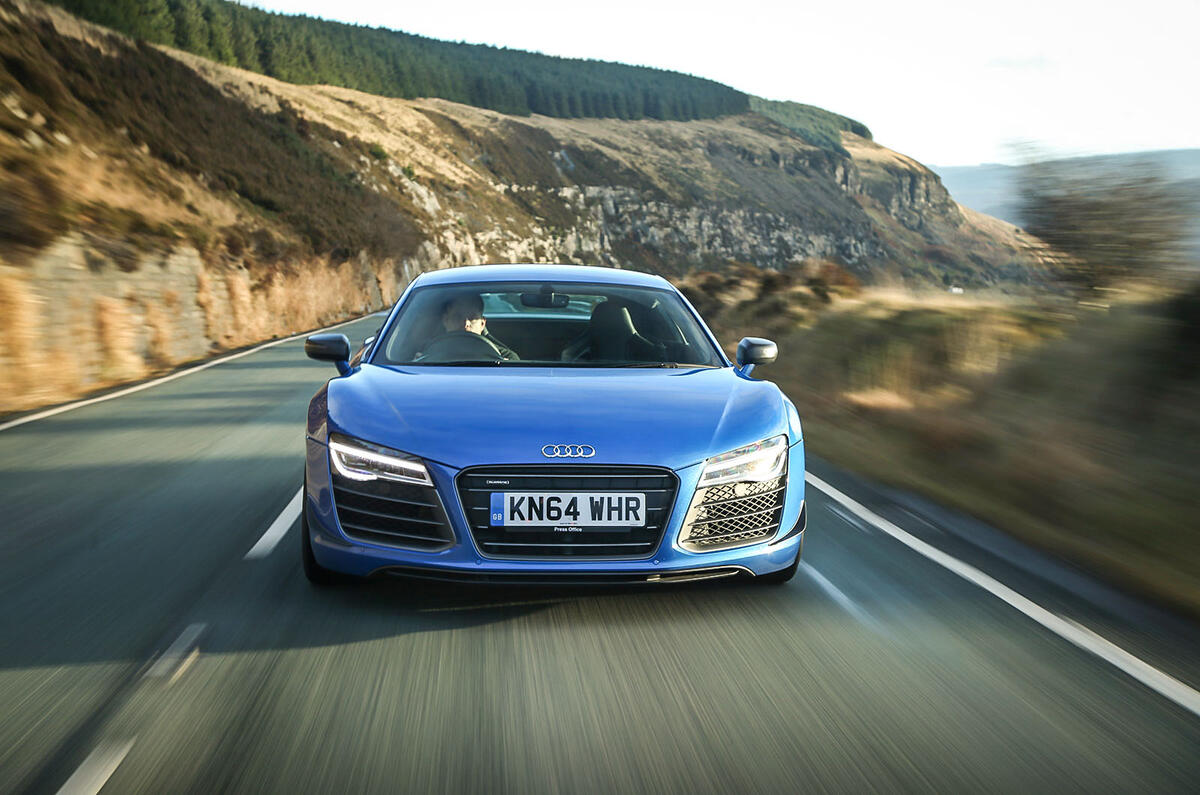
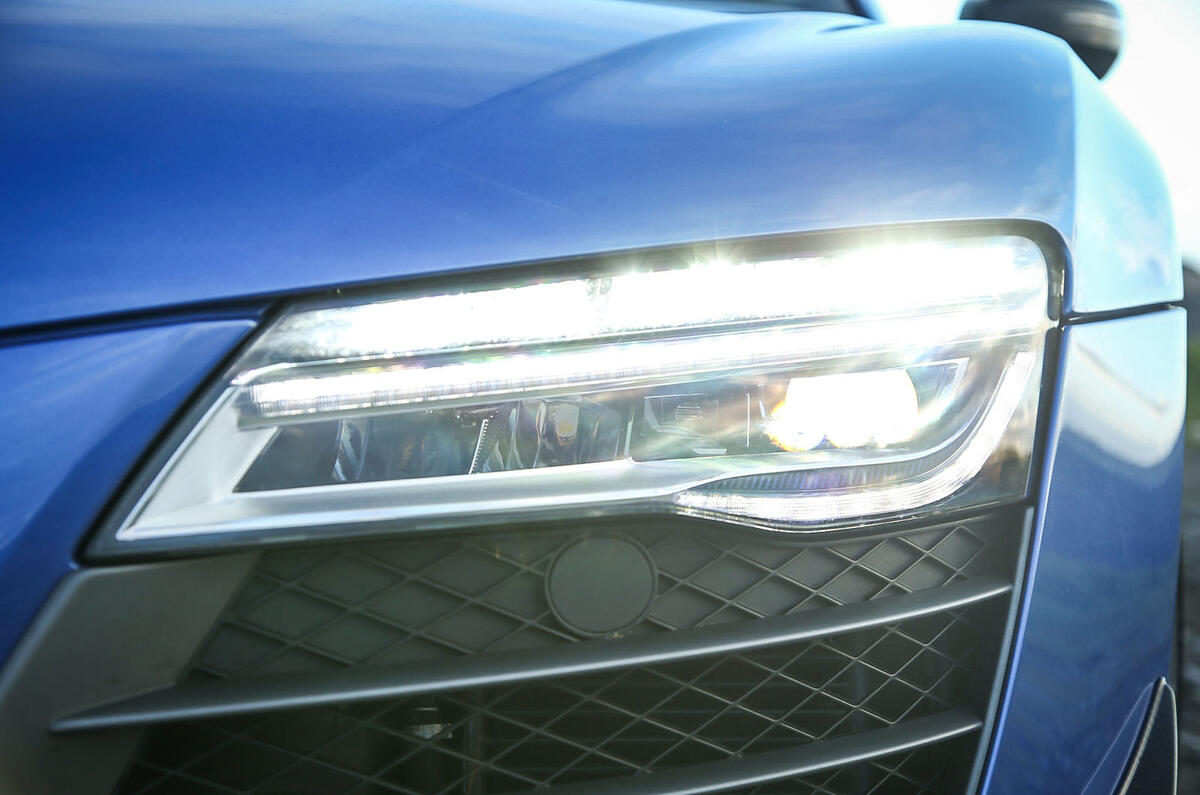
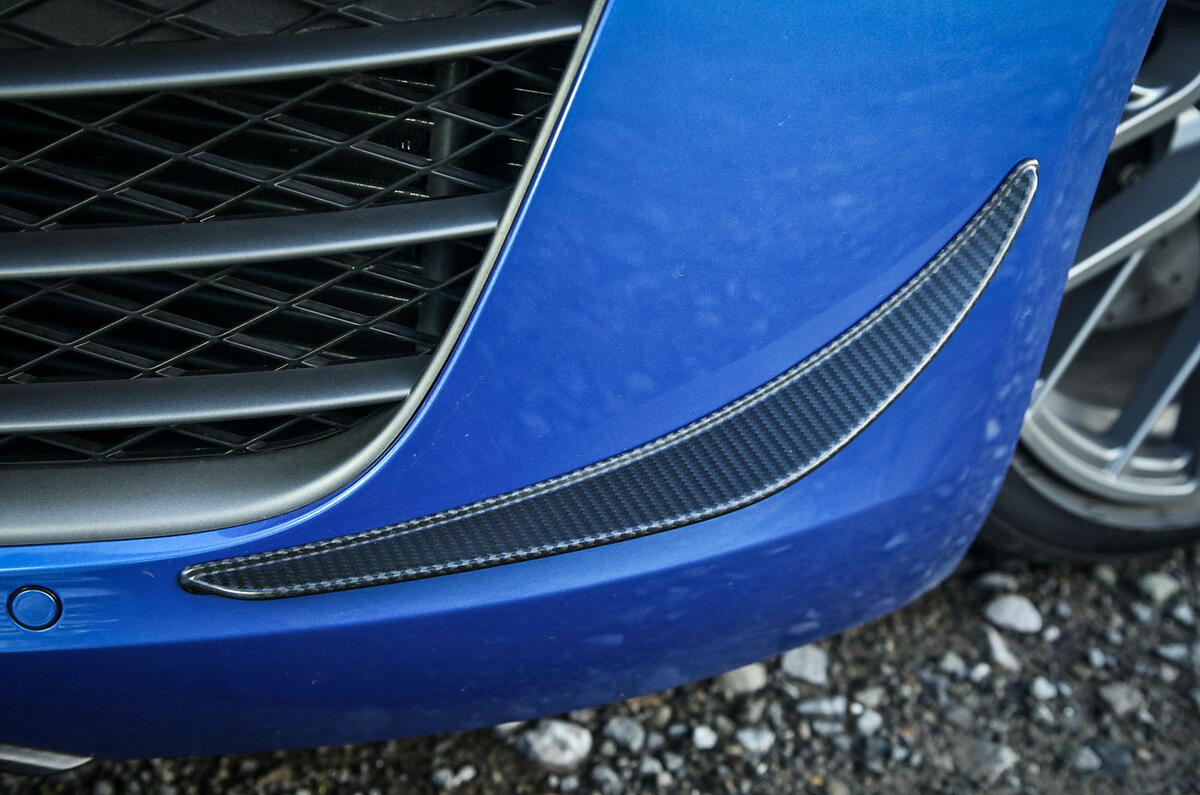
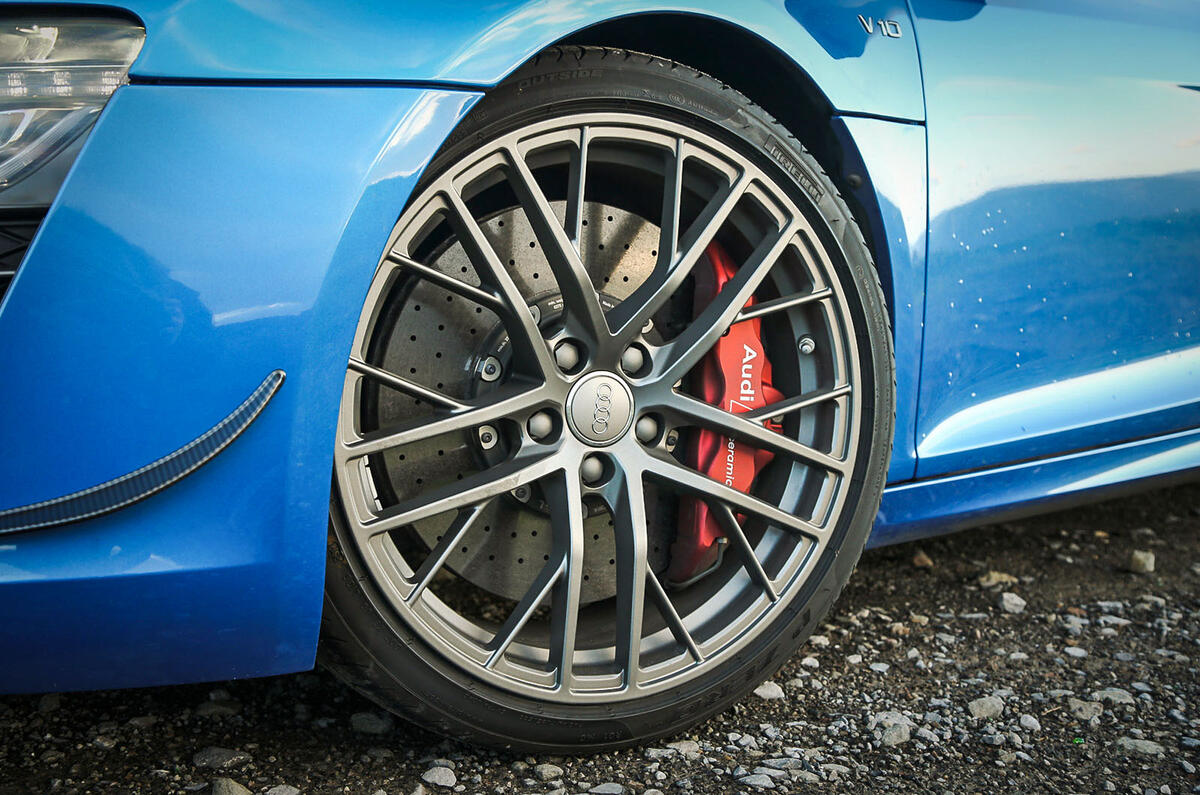
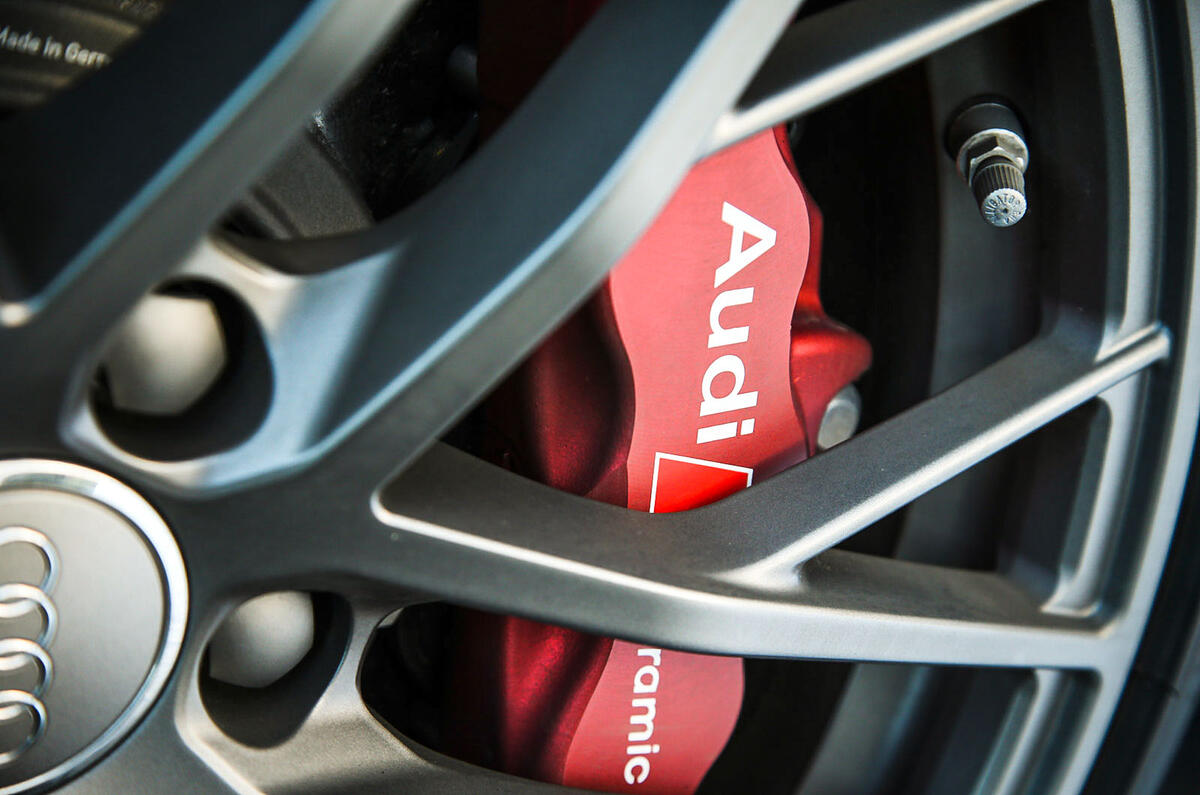
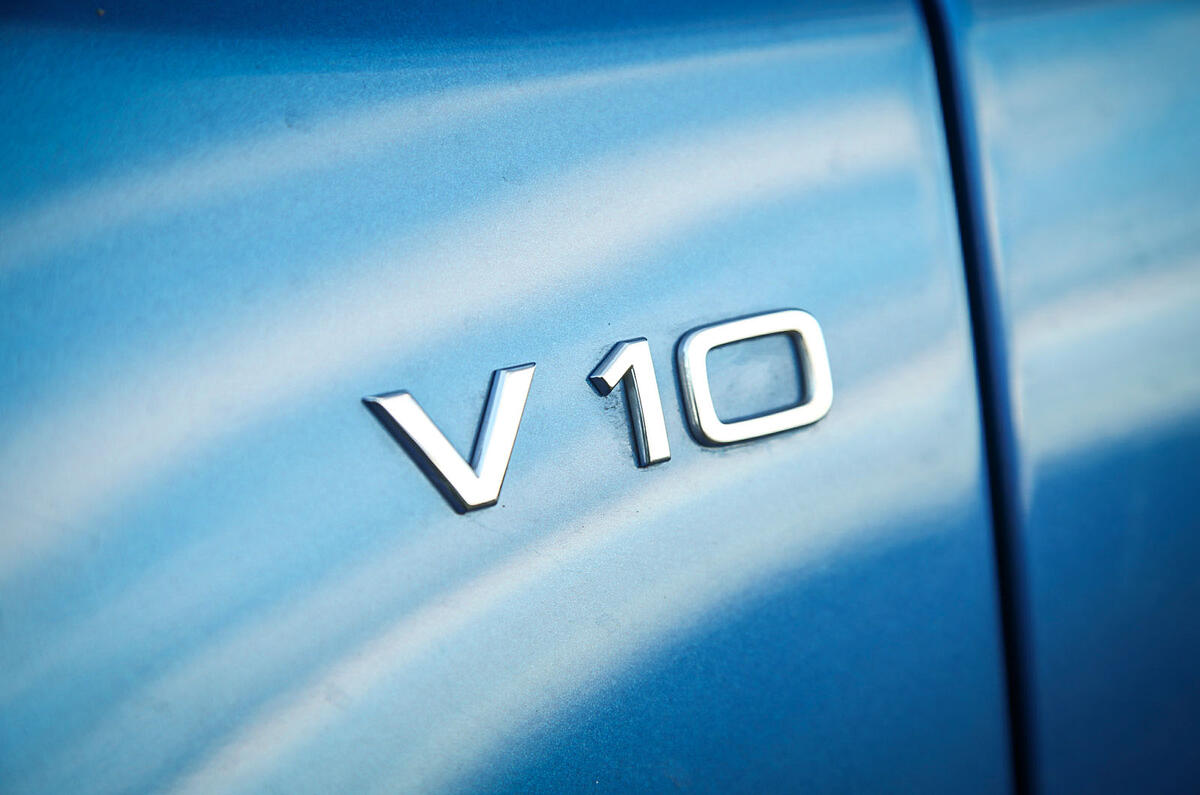

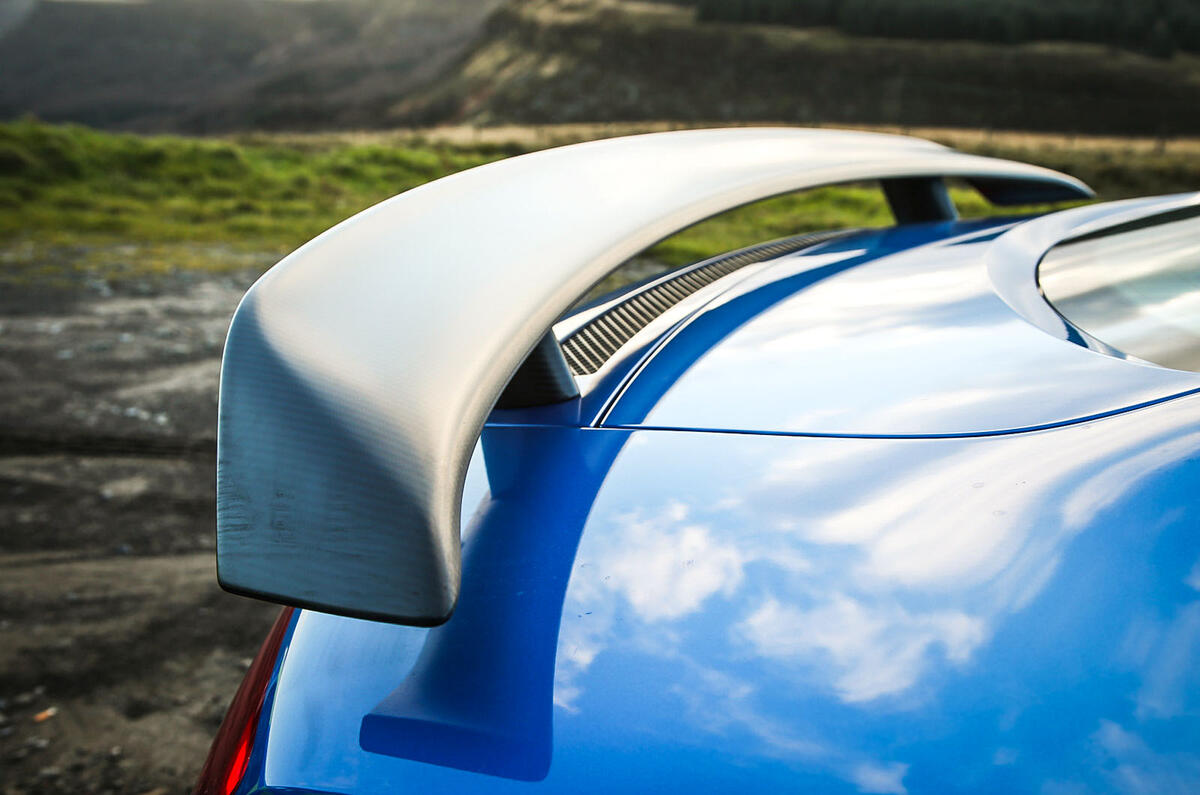
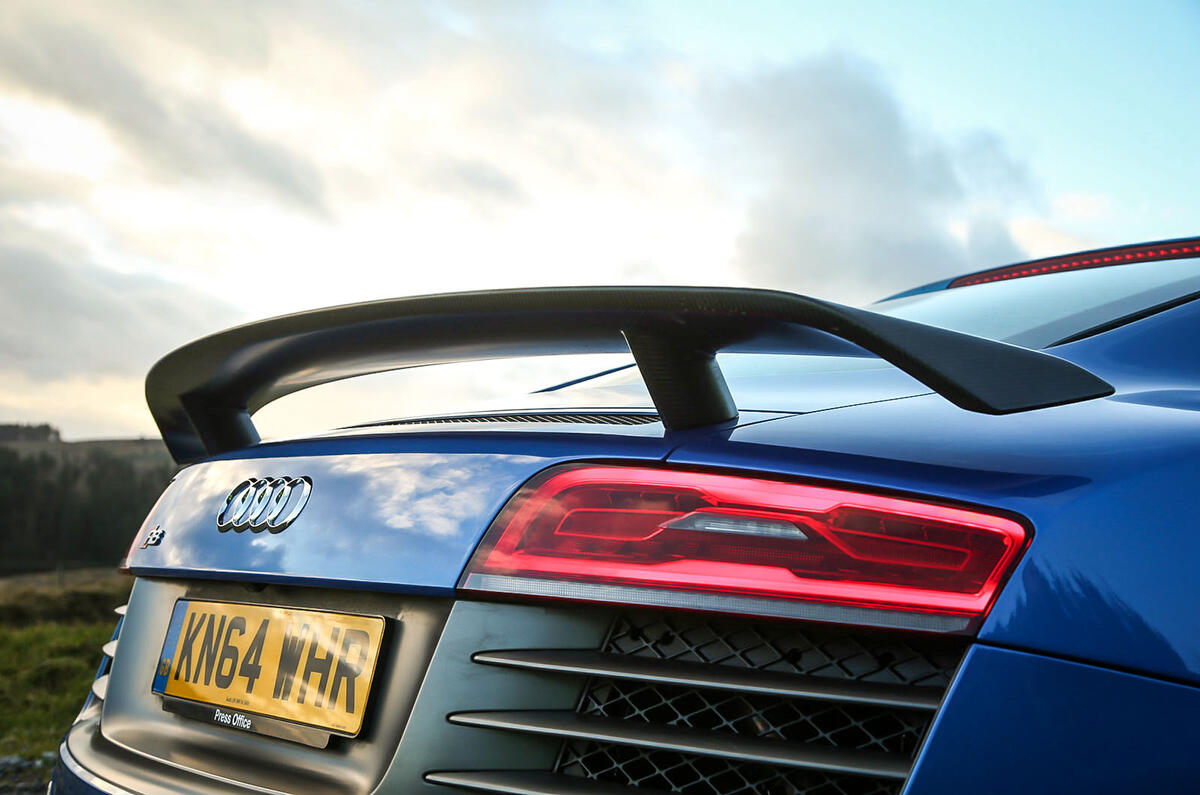

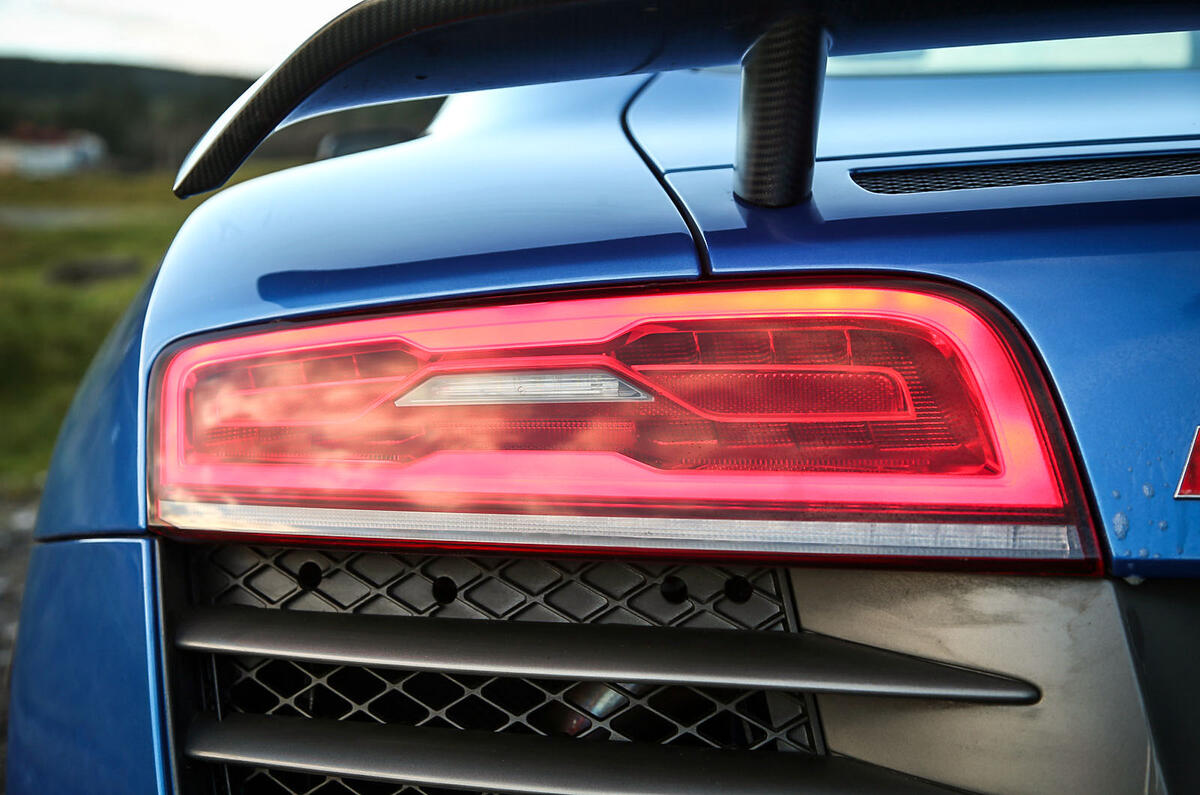
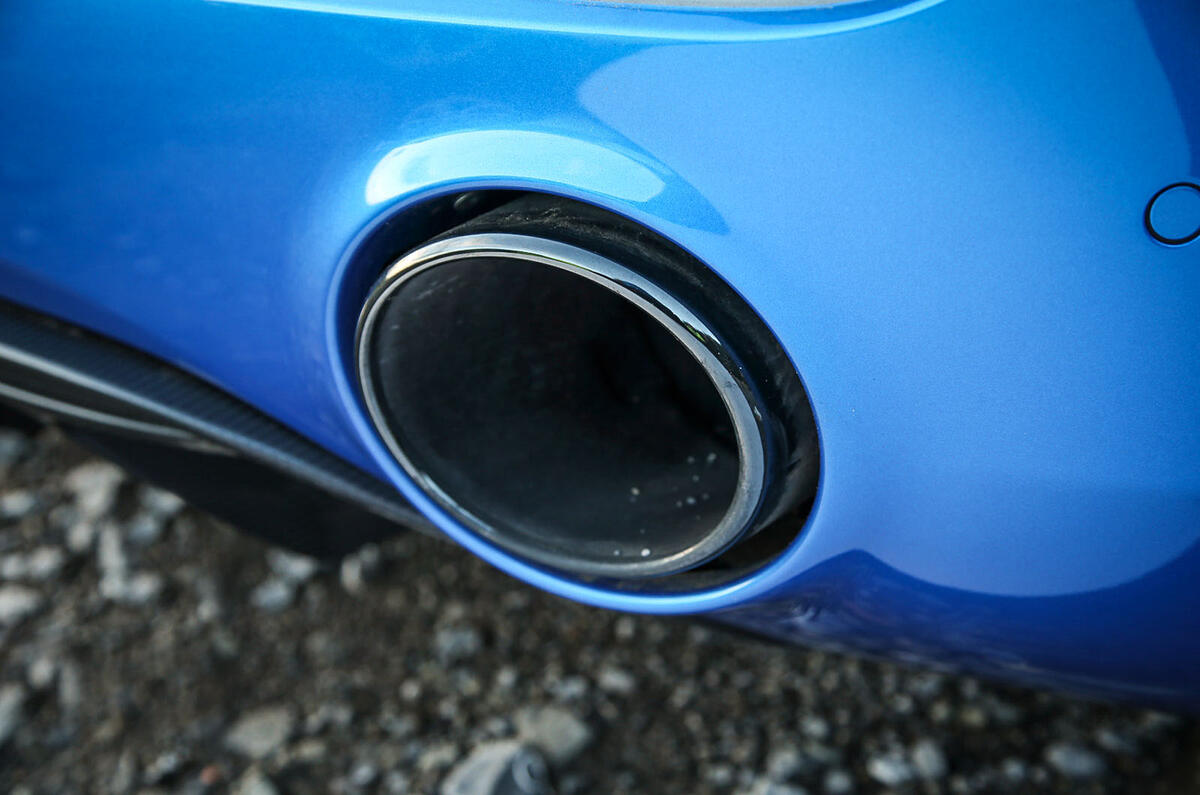
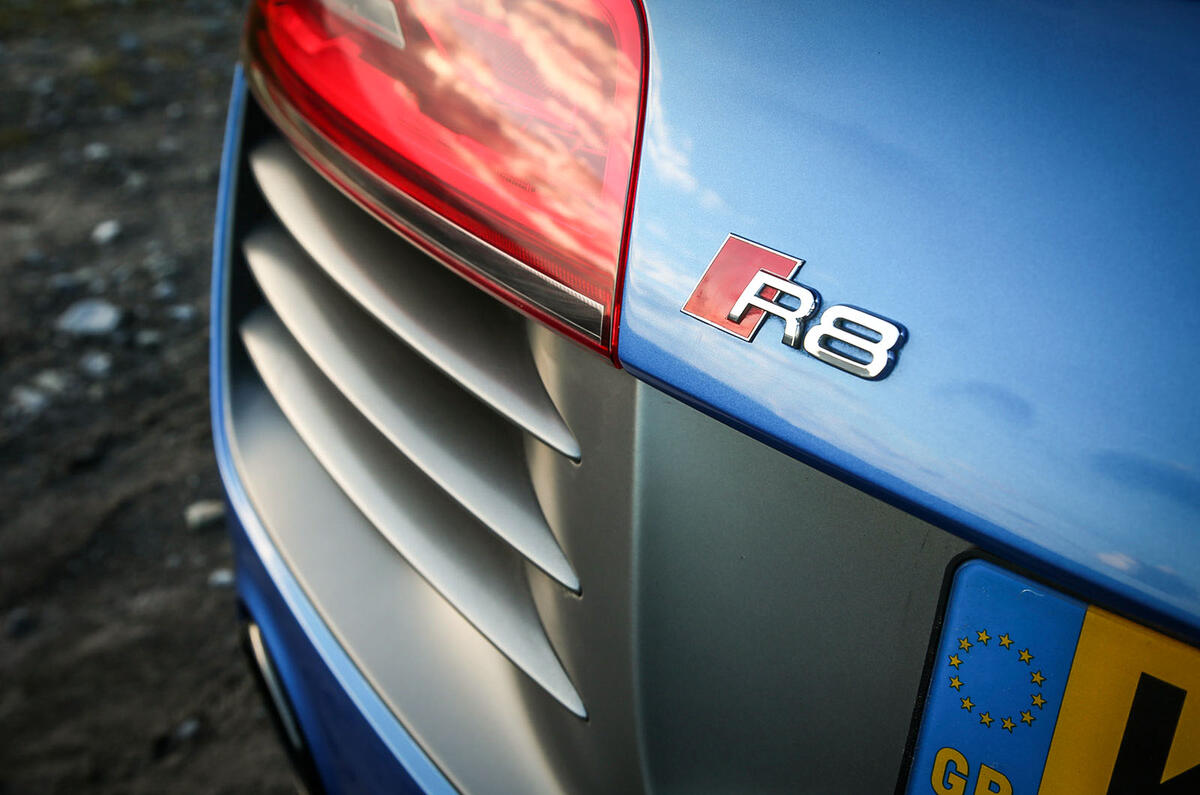
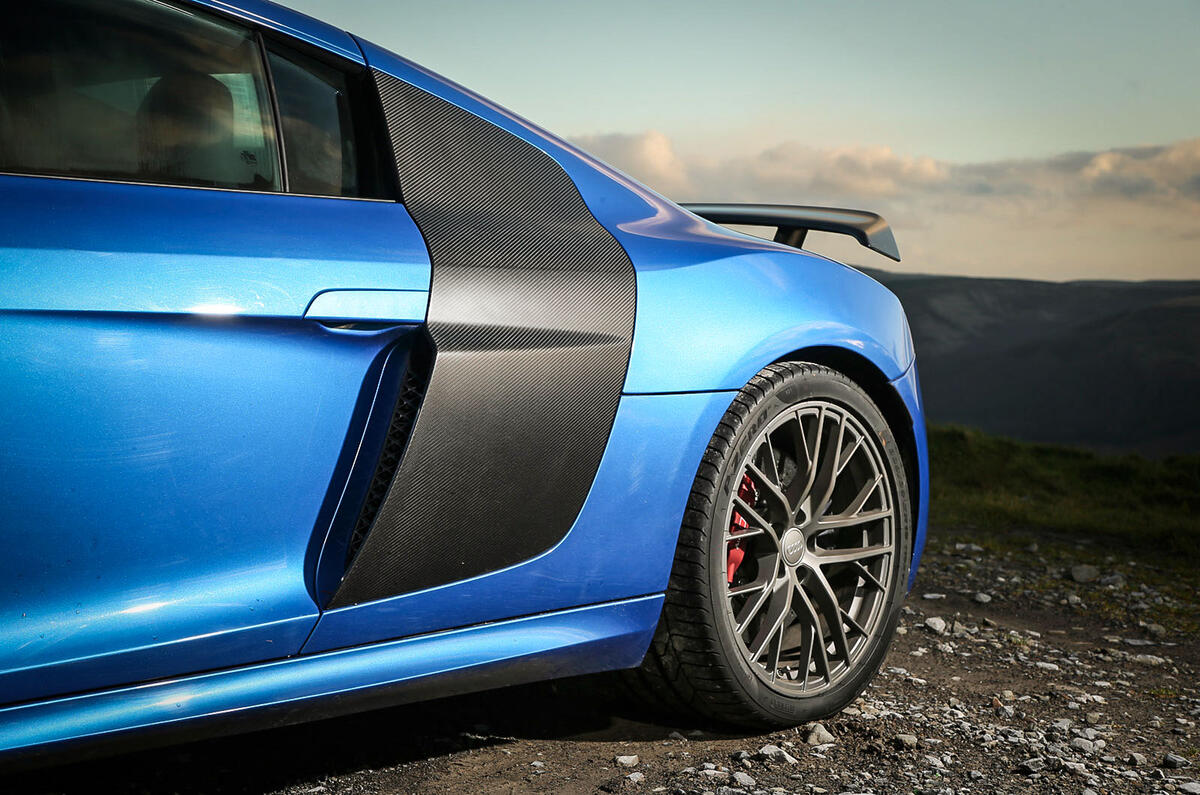
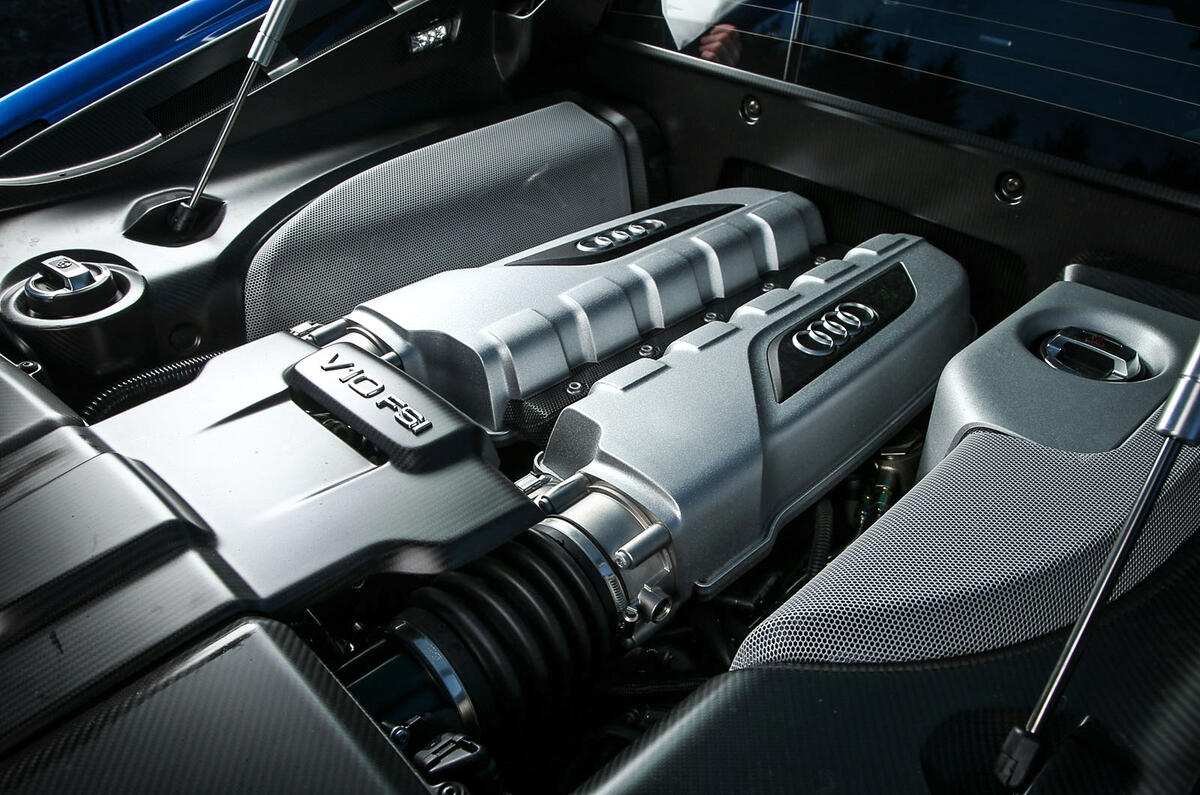
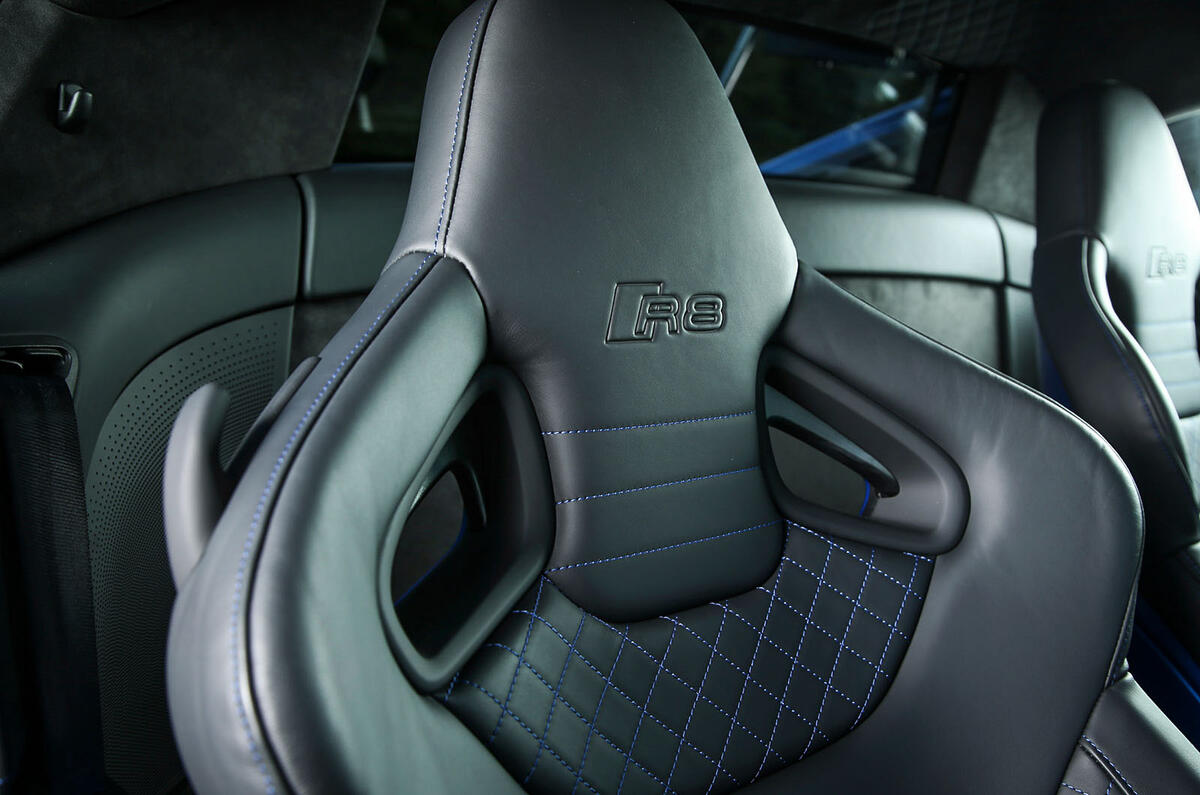
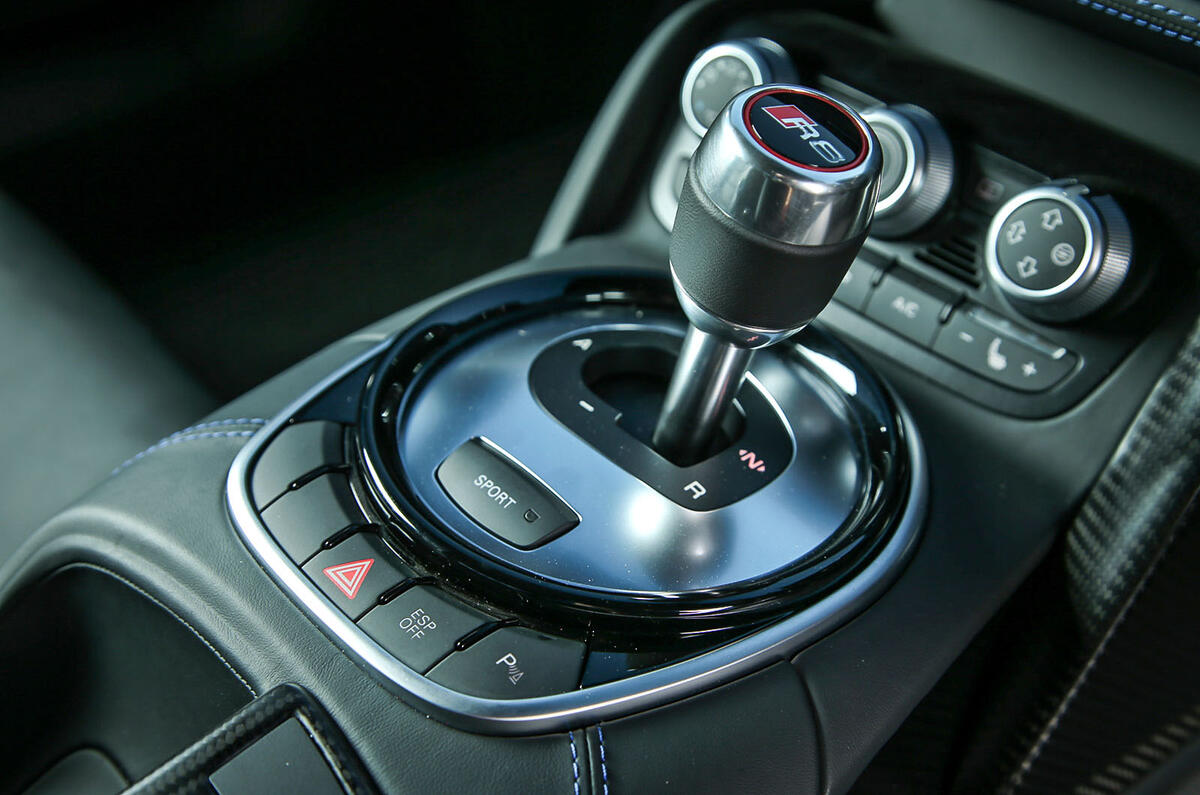
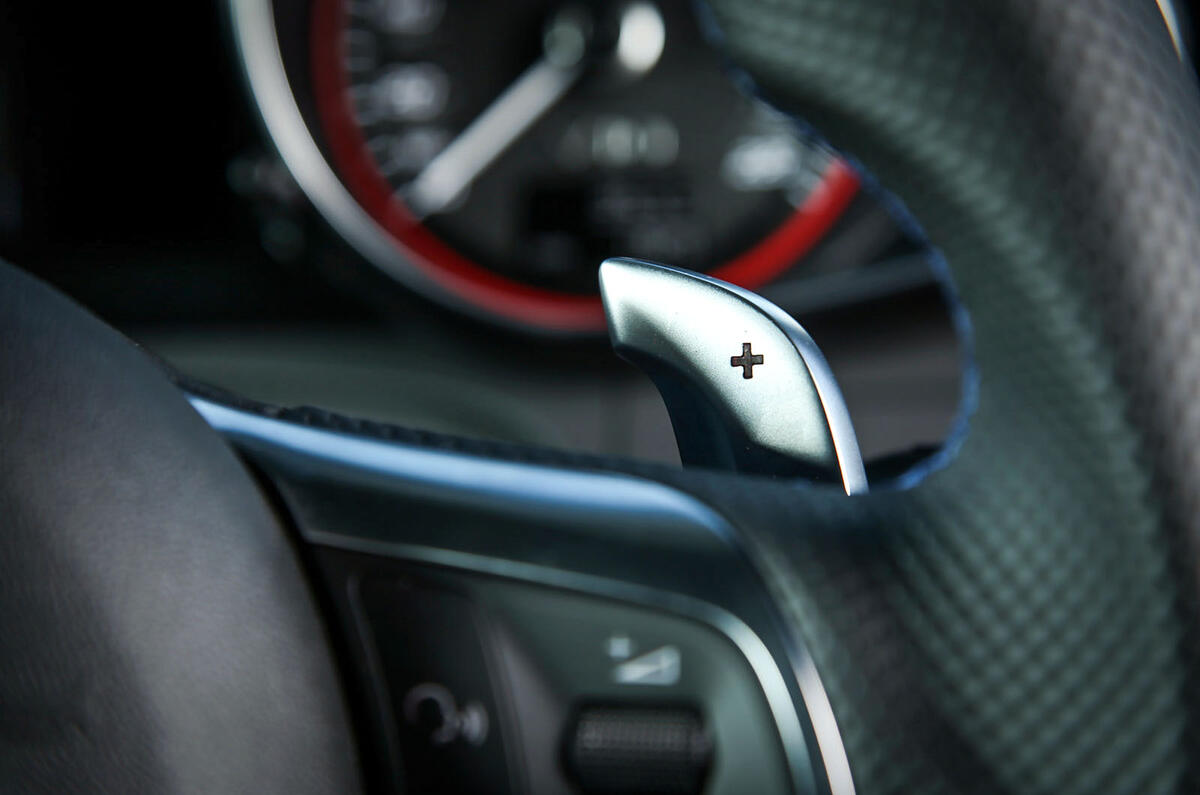
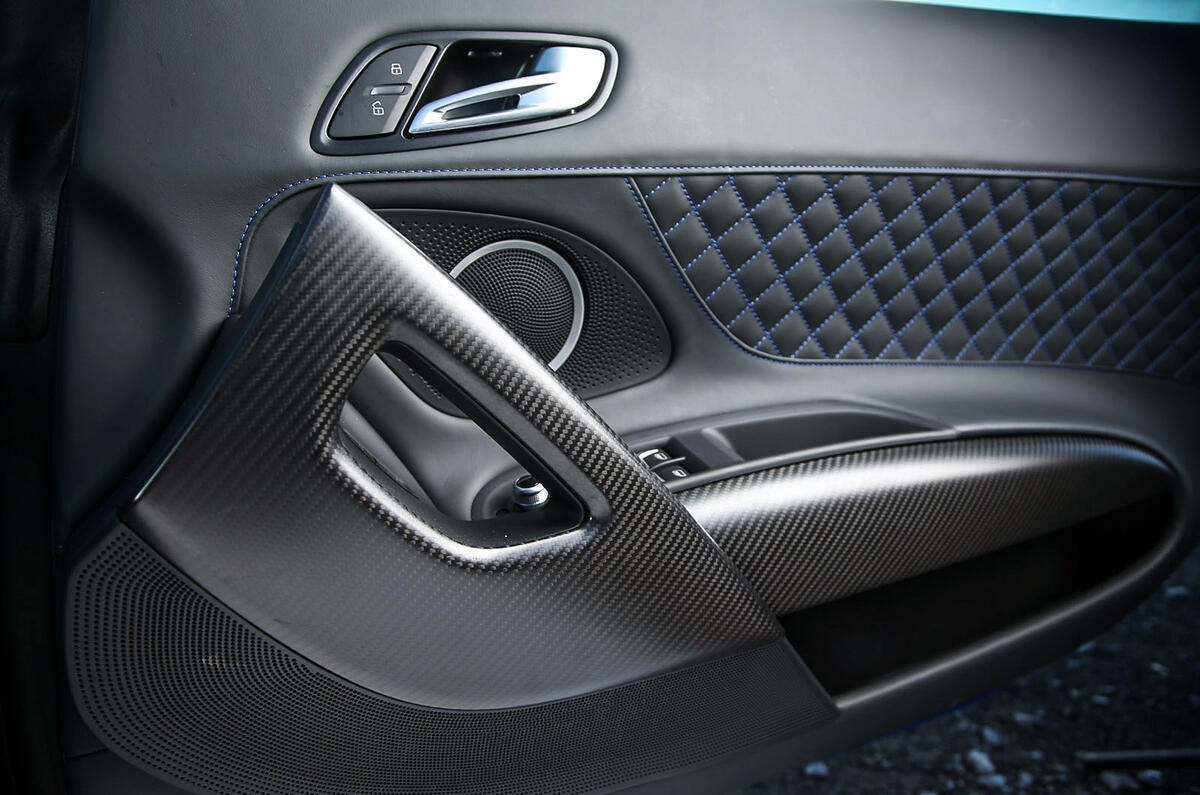
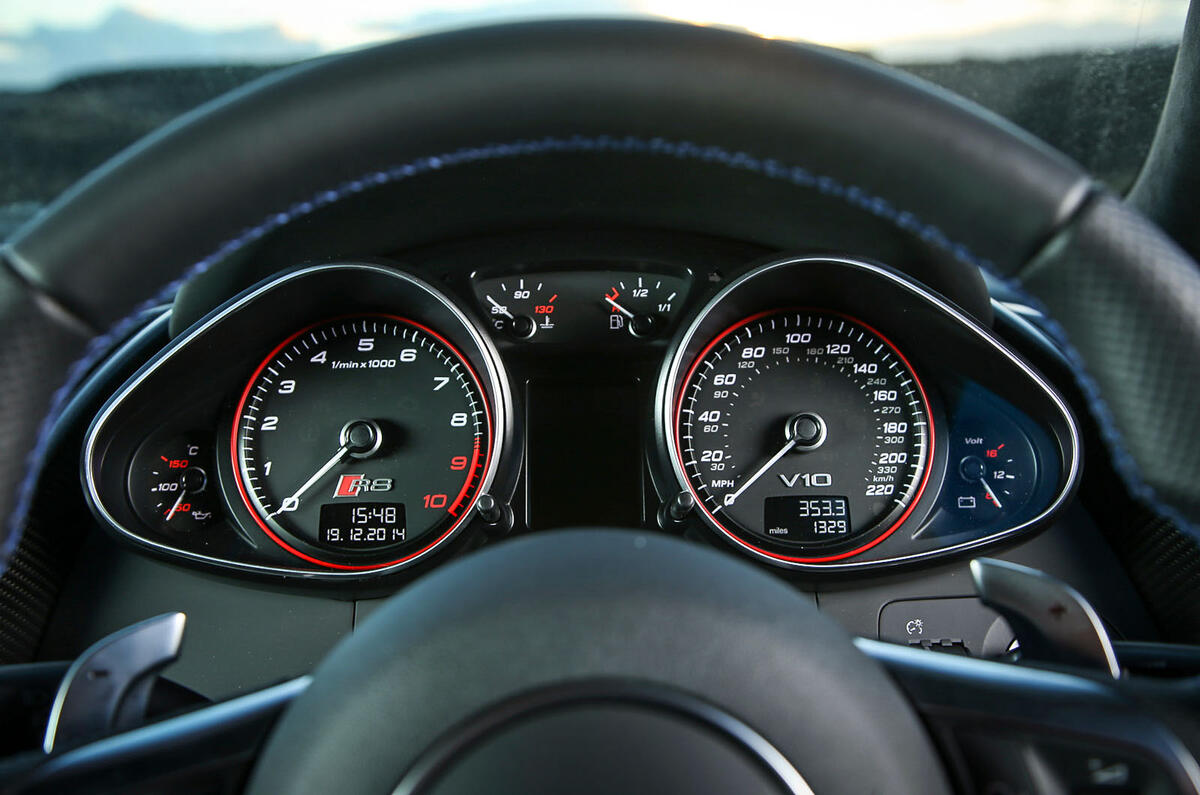
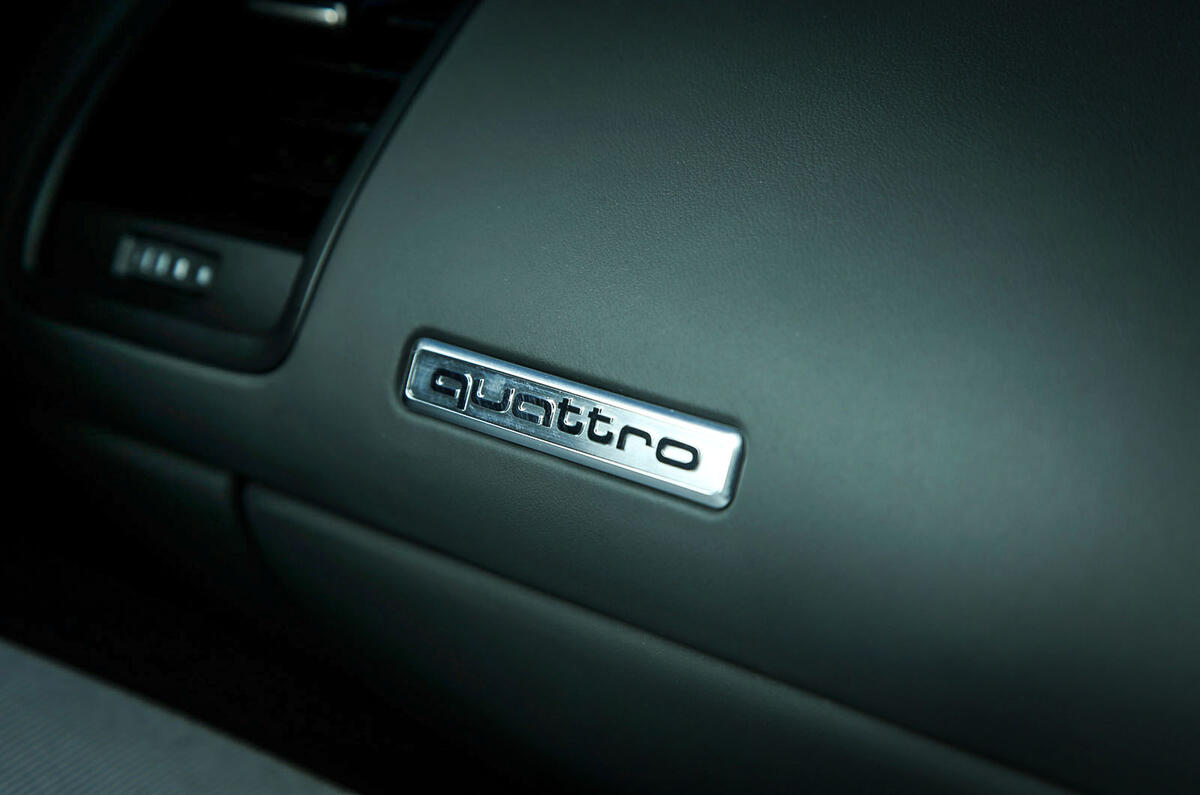
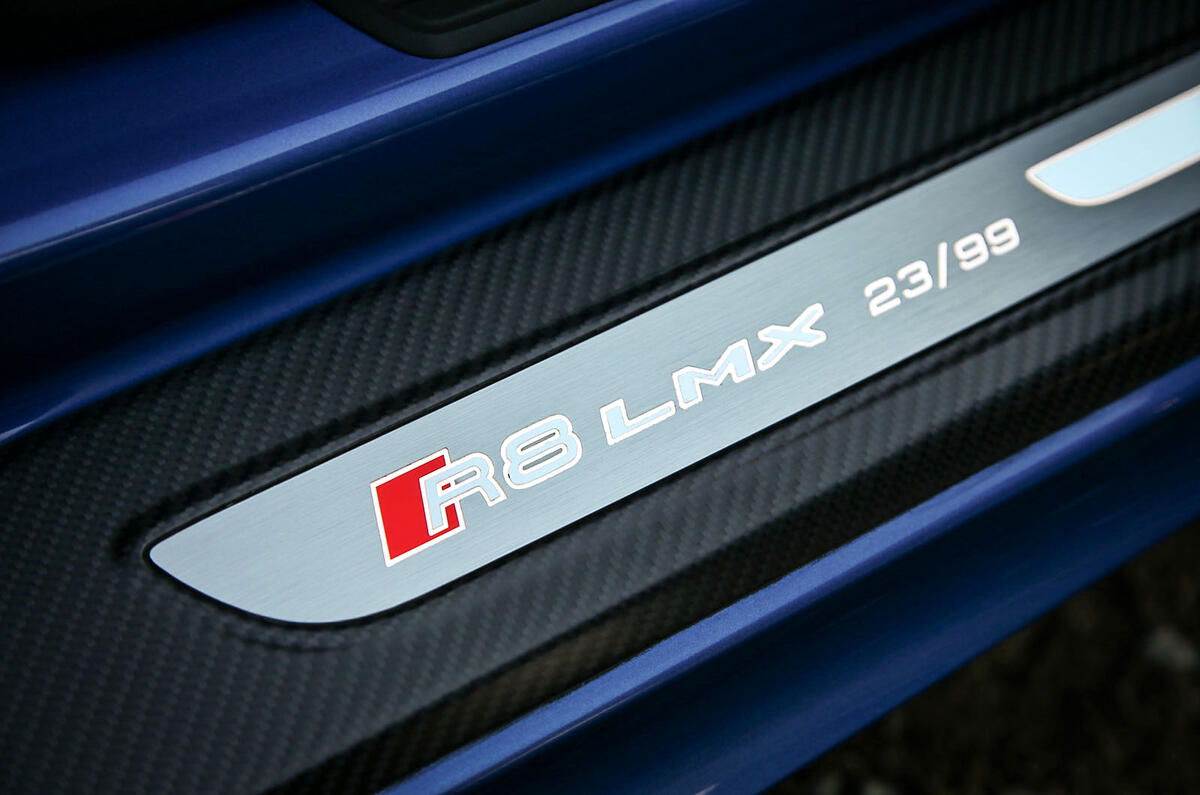
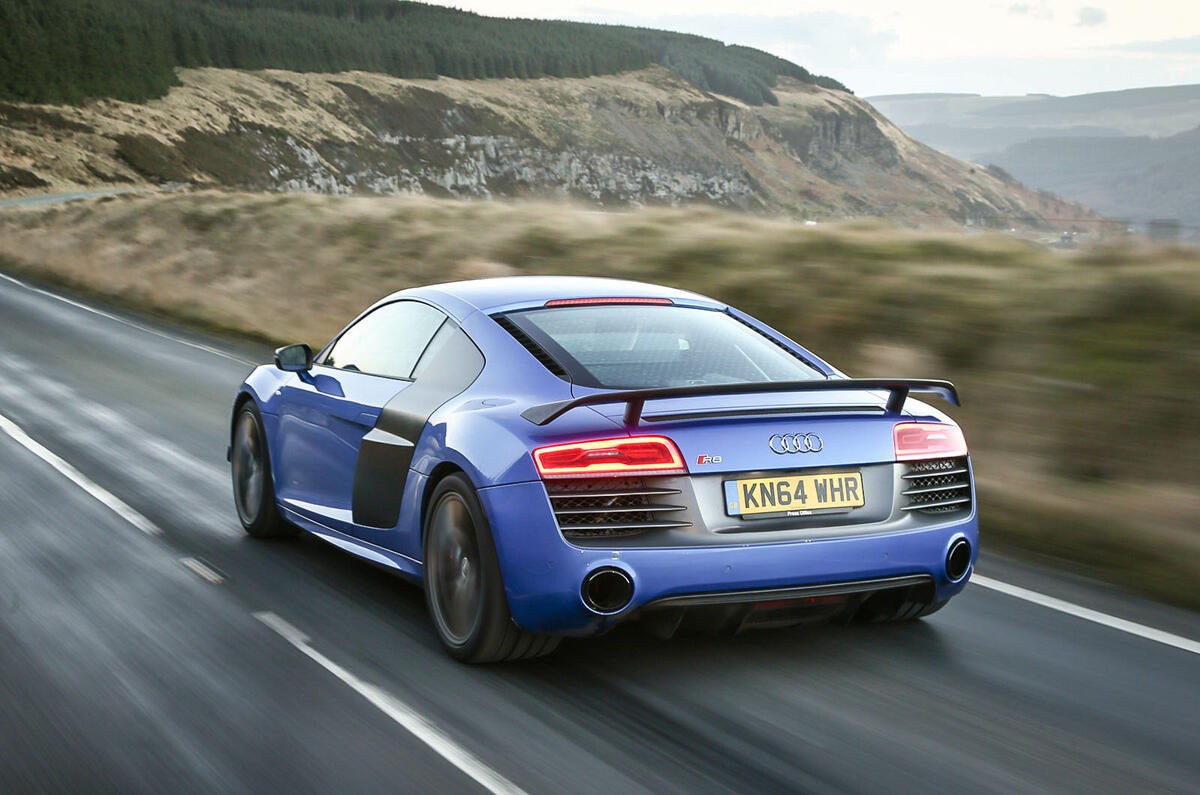






























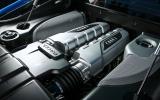


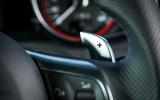
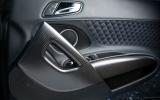


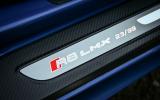



Join the debate
Add your comment
Completely agree with Autocar
Saying goodbye to Autocar.....
In my opinion this is the
Doesn't exist........?
Perfection as a whole doesn't exist, it can't,perfect for someone?,well, yes,getting back to the Car,what's going to replace it?,an evolution model?,a hybrid perhaps?.